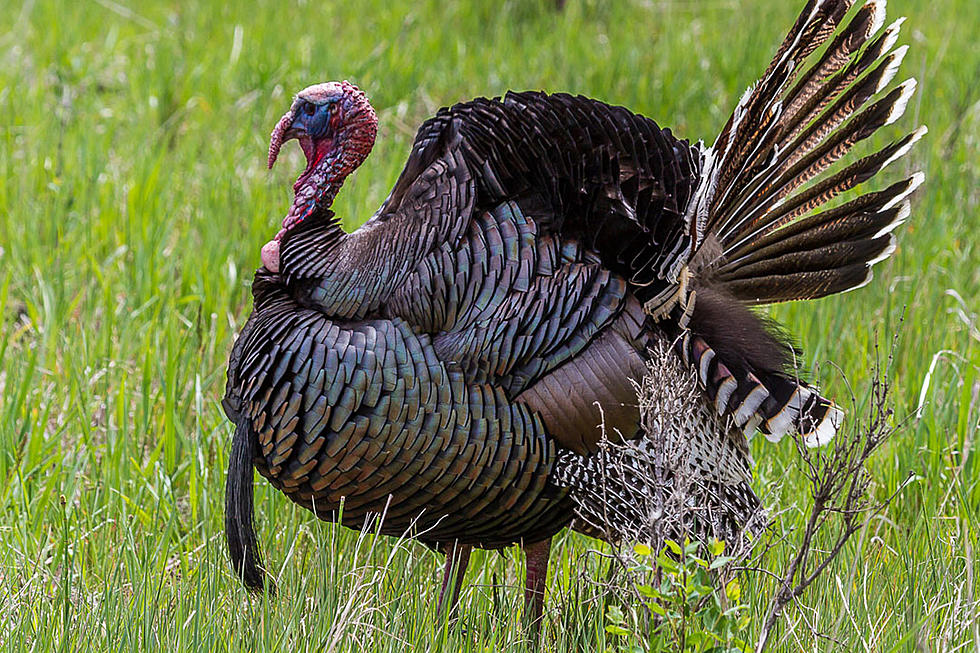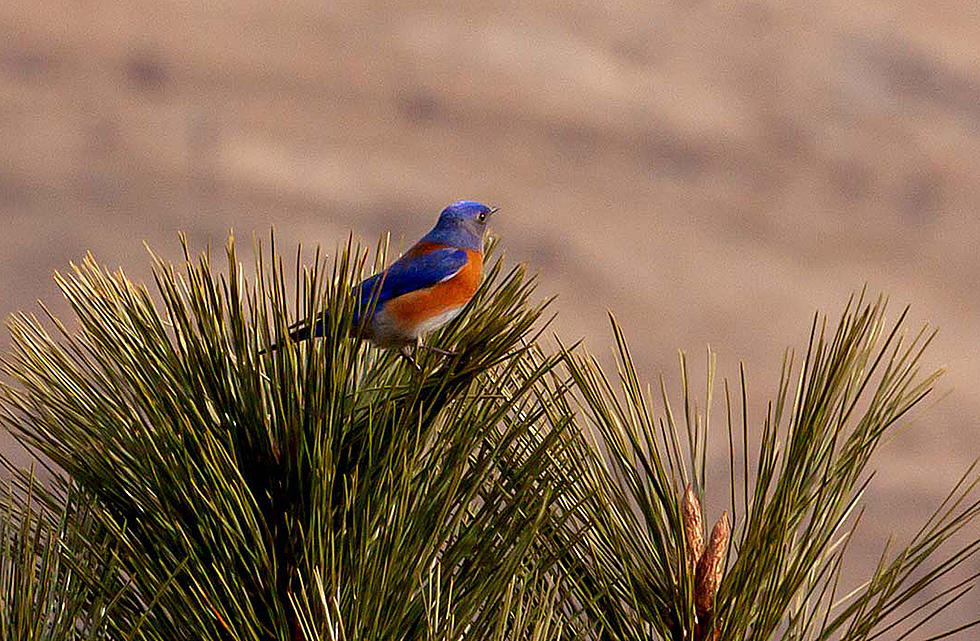
Talkin’ Turkey on Bitterroot Outdoor Journal
Wild turkeys can be found in the wilds of Montana, with a consistent population in the Bitterroot Valley (photo above). The wild turkey was domesticated about 200 years ago in Mexico, according to this week's report from Bob Danley at the Bitterroot Outdoor Journal. Bob took a look at other Thanksgiving meal selections that came from the wild originally.
The turkey is a member of an upland game bird species called the Galliformes Order with about 290 species around the world, including the turkey and chicken varieties in the Pheasant family. Only those two species are mass produced successfully. Though it looks large, the turkey is not the largest bird. That honor goes to the Trumpeter Swan, which can be 23 pounds. Large turkeys are only 16 pounds.
If you have mushrooms on your holiday plate, it most likely is a button mushroom. The wild brown mushroom was first cultivated by the French in 1701. Then in 1925, a white mutation was seen at a Pennsylvania mushroom farm. That white mushroom was successfully mass produced and now is responsible for about 90 percent of all mushroom sales in the U.S. Of course, you might have the popular portabella mushroom, too.
Potatoes came from Peru and and now there are about 5,000 varieties. The only European country to plant potatoes extensively was Ireland, where it was introduced in 1588. Meanwhile, the tomato, also in the same Nightshade family, was originally very small. The pea-sized plant was cultivated in Mexico as early as 500 B.C. Yes, we know that Nightshade is poisonous, but there are over 1,500 species in that genus, including non-poisonous plants like the potato and tomato varieties.

One last odd note - our ancestors tried to domesticate the Cassowary way back about 18,000 years ago. It looks like an ostrich or emu and is flightless. The fossil records indicate that the bird's eggs were consumed by humans, along with the birds themselves. However, the Cassowary still exists in New Guinea and has been called the "world's deadliest bird" by some. It can be up to 130 pounds in size and has razor sharp claws. Researchers describe it as "ornery" and it has been known to severely injure humans. You'd have to be pretty hungry to take on one of those birds.
LOOK: The top holiday toys from the year you were born
Why do cats have whiskers? Why do they meow? Why do they nap so much? And answers to 47 other kitty questions:
More From 94.9 KYSS FM









